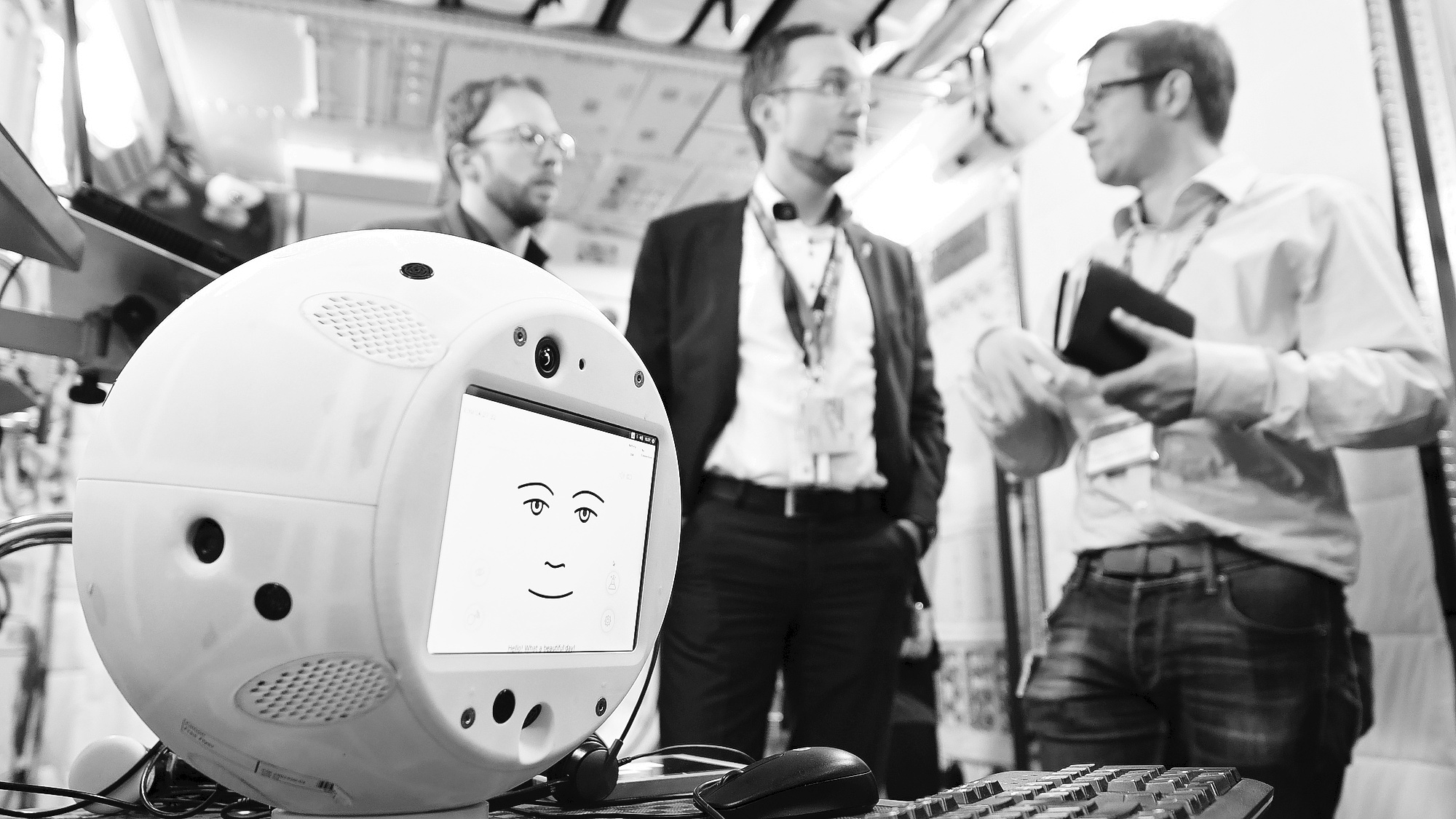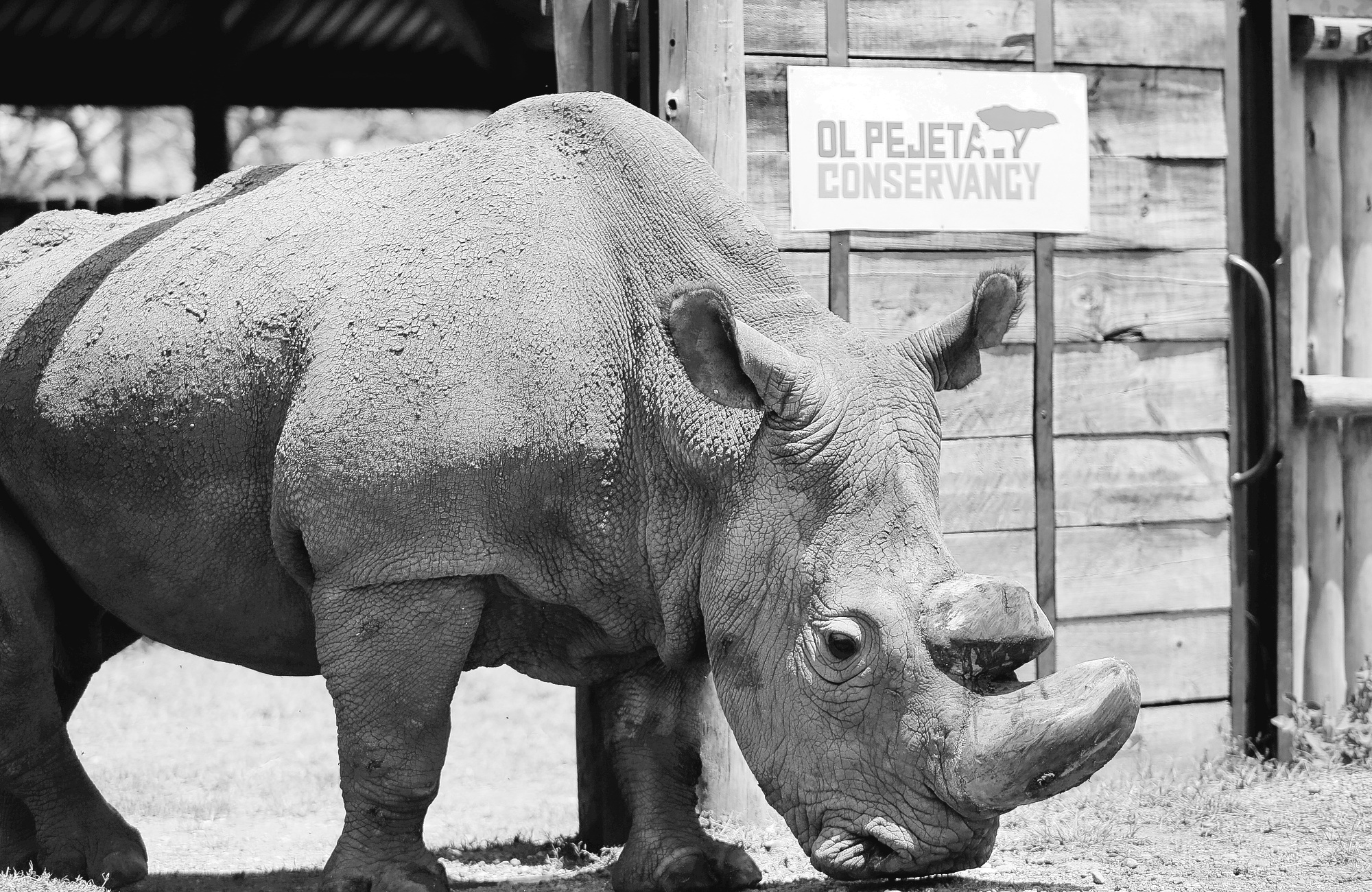
By MARCIA DUNN
Associated Press
CAPE CANAVERAL, Fla. (AP) — The International Space Station got its first robot with artificial intelligence Monday, along with some berries, ice cream and identical brown mice. SpaceX’s capsule reached the station three days after launching from Cape Canaveral, Florida. Station astronaut Ricky Arnold used a large mechanical arm to grab the Dragon capsule as the spacecraft soared above Quebec, Canada.
The nearly 6,000-pound (2,700-kilogram) delivery includes the round robot Cimon, pronounced Simon. Slightly bigger than a basketball, the AI robot from the German Space Agency is meant to assist German astronaut Alexander Gerst with science experiments. Cimon’s brain will constantly be updated by IBM so its intelligence — and role — keep growing.
There are also genetically identical mice for a study of gut bacteria, and super-caffeinated coffee aboard the Dragon to go with the fresh blueberries and ice cream. “Looking forward to some really exciting weeks ahead as we unload the science and get started on some great experiments,” Arnold told Mission Control minutes after snaring the Dragon. When informed it was the 30th cargo ship capture by the space station’s robot arm, Arnold said, “It’s hard to believe … how far we’ve come. It’s quite an accomplishment.”
Most of those visiting vessels have been provided by private U.S. companies hired by NASA to keep the space station well stocked. Mission Control said it was fitting that the latest capture occurred over Quebec; the station’s robot arm is Canada’s contribution. Flight controllers in Houston successfully maneuvered the Dragon tightly into place a few hours later. This particular Dragon is recycled and has visited the outpost once before. Besides Gerst, the 250-mile-high (400-kilometer-high) lab is home to three Americans and two Russians.



















